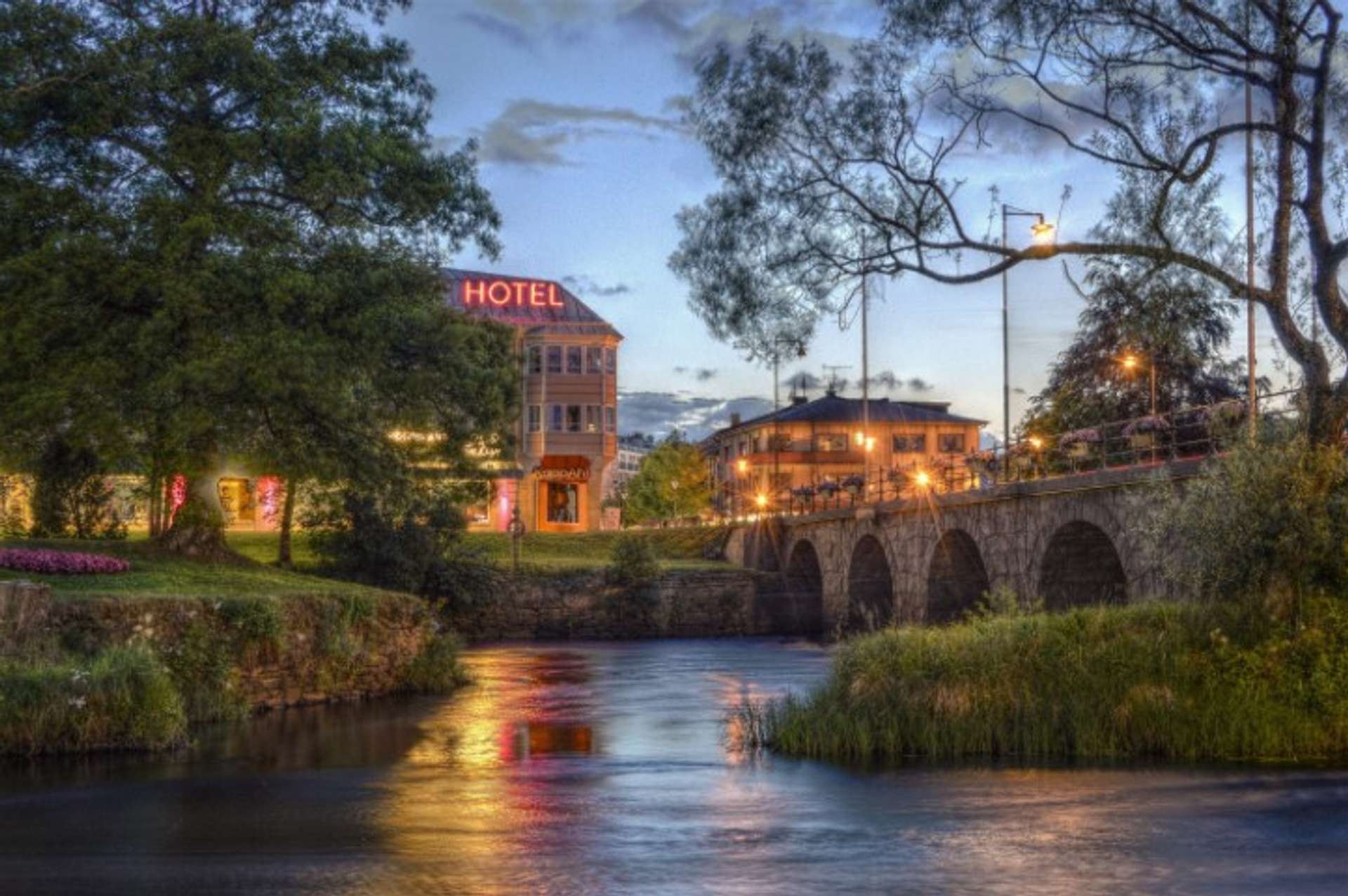
Palace Sant Andrea is a sophisticated palace built in the early 17th century by the architect Antonio da Sangallo. It has four tall storeys and a tall attic, and is similar in style to Palazzo Spada.
The palace was commissioned by Cardinal Scipione Borghese, nephew of Pope Paul V (1605-1621) and patron to Bernini among others, for his own use. Its design was probably based on drawings by Raphael, who was to have been its original owner. It is built around an open colonnaded courtyard which had no garden access until the 19th century. The entrance leads into the hall of the first floor with its famous frescoed ceiling painted by Giovanni da San Giovanni in 1603 depicting angels playing musical instruments. At the far end is the chapel, with its gilded ceiling by Guercino (1619), surmounted by a cupola decorated with frescoes depicting four episodes from the life of Christ. The chapel also contains two marble angels by Bernini (1621-22). The large busts are of Julius Caesar and Alexander Severus, rescued from their earlier site at Palazzo Farnese after it was demolished to make way for St Peter's basilica.
Palazzo Barberini
Palazzo Barberini is one of Rome's greatest Baroque palaces built between 1625 and 1633 for Cardinal Maffeo Barberini, nephew of Pope Urban VIII (1623-44). Its design was probably inspired by drawings for another palace commissioned from Borromino but never executed due to Borromino's death in 1667.
The palace has two courtyards surrounded on all sides by tall storeys above an equally tall basement or ground floor containing service rooms. Access between floors is through an elegantly tiled staircase leading up through a small loggia overlooking the Piazza Barberini which opens onto a second loggia leading into one of two internal courtyards flanked on all sides with high arches supporting more storeys above it punctuated by huge oval windows that flood light into all parts of this vast palatial complex designed as a city within a city within Rome itself.
Published